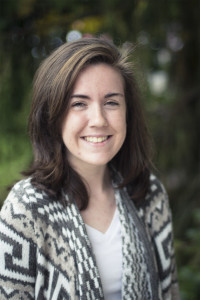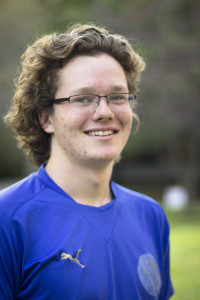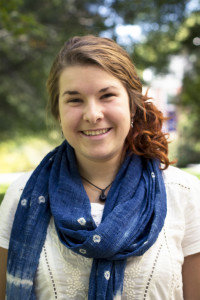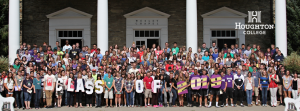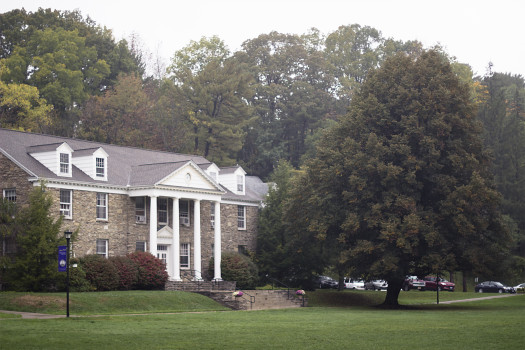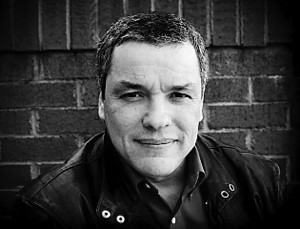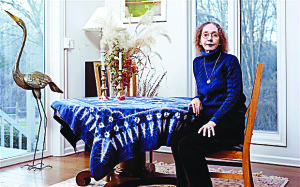Nestled on the quaint Main Street of Angelica, New York, a new coffee shop sits within a rustic building on the left side of the street, just ahead of the billowing American flag at the center of town. Angelica advertises itself as “a town where history lives,” which becomes apparent as one drives into town. Immediately, there is a sense of slowness that relaxes the heart into an easy, steady rhythm. The town has antique shops, a ceramicist, bakery, post office, and the subject of this review: The Canteen.
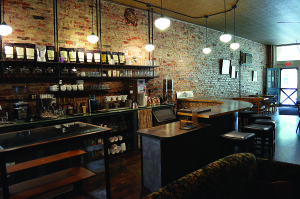 The Canteen is a recent addition to the town, but it fits quite naturally into the aesthetic and feel of the surrounding community. The interior treats the building well. Exposed brick offers a nice background to the décor in which the charm of a late fifties farmhouse mixes with the clean lines of a Swedish design studio. There is plenty of seating at tables beside large windows which look out onto Main Street. A bookshelf next to the dining area offers local products for sale. Two couches opposite each other provide a living-room-like space for conversation. There is also outdoor seating, but I expect that will change as the weather becomes less suited for that.
The Canteen is a recent addition to the town, but it fits quite naturally into the aesthetic and feel of the surrounding community. The interior treats the building well. Exposed brick offers a nice background to the décor in which the charm of a late fifties farmhouse mixes with the clean lines of a Swedish design studio. There is plenty of seating at tables beside large windows which look out onto Main Street. A bookshelf next to the dining area offers local products for sale. Two couches opposite each other provide a living-room-like space for conversation. There is also outdoor seating, but I expect that will change as the weather becomes less suited for that.
I went to The Canteen on an early autumn Saturday with my girlfriend, Sophia. I ordered a pour-over coffee and Sophia got a latte. Everyone we interacted with was kind and unhurried. They obviously wanted to be there, enjoyed their jobs, and were more than happy to answer our coffee-related queries. They had two coffees already brewed in carafes and would happily brew anything on the menu as a pour-over.
Despite the relaxed mood of the place, service was prompt. By the time Sophia and I had finished removing the work we had for that afternoon from our backpacks, our coffees were on the table. When we later felt peckish, we decided to try their quesadilla with mushroom, onion, and gouda. The food was delicious, hot, and fresh. We were waited on attentively. We felt welcomed.
I tend to get anxious about studying in coffee shops because I never know if I’m buying enough to earn my keep of the table, but that didn’t feel like an issue here. Hanging out in the Canteen feels like hanging out at your friend’s house. Go in and buy food because it’s fantastic, but you won’t be met with shooing glares that suggest you ought to leave as quickly as you can. I say this to contrast it with Five Points in Buffalo which is an old favorite of mine. Unfortunately, with its growing popularity it is now a place where, as my friend described it, “$28 gets you about half-an-hour of time to sit.” The Canteen is free of this pretentiousness.
The website for the coffee shop (the1canteen.net) gives its statement of purpose,“To honor and glorify God as we provide our guests with excellent food and exceptional customer service. To treat team members and guests with respect and appreciation while professionally serving them. To provide the best and friendliest family dining experience in Angelica.” I think they have done well in meeting all of these goals.
I recommend making Angelica a Saturday trip. You can do some antiquing or just walk around. It’s a simple, easy day. Get some work done at The Canteen and enjoy their friendliness and care. Alternatively, stop by on your way back from Church on Sunday. Do note that they are closed on Mondays as a day of rest.
Sophia and I chose to finish our day off with ice cream and milkshakes from The Canteen after doing some antiquing in the shop next-door. The two buildings are connected through an archway that melds the café and shop together nicely. Enjoy an afternoon here with your friends. Come for the atmosphere, the food, and even just to invest in a deserving local business in Allegany County.

